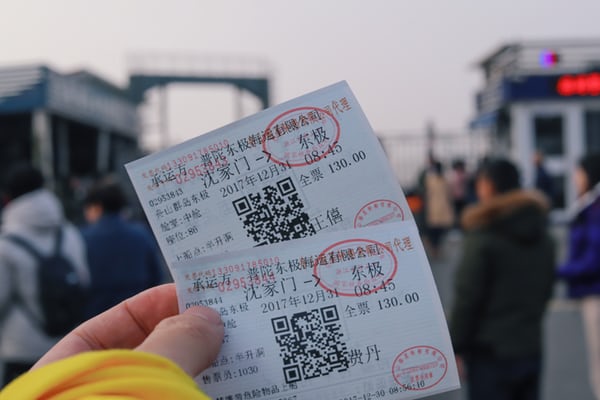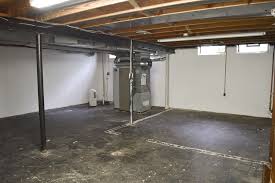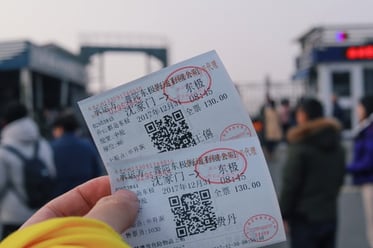Search for topics or resources
Enter your search below and hit enter or click the search icon.

It's important to understand the different stages of a disaster and how they each represent a different pillar of flood insurance. There is preparedness, response, recovery, and mitigation.. Today we are specifically going to discuss flood response.
Response
Being prepared for a disaster is crucial for survival, but how you respond can determine the future. So let's talk about response in regards to flood insurance. You are standing there looking at 3 feet of water on your home so what do you do.
Water removal
In many situations the flood waters will recede but sometimes it either doesn't happen fast enough or not at all. It's important to get this water removed as soon as possible. One reason is to minimize the development and spreading of mold. I n many situations mold may not be covered by flood insurance if it could have been preventable. Another reason for the importance of water removal immediately is to minimize the damage to the building and any personal property. Getting water removed within the first 24 hours could be the difference between a home being a total loss and a claim less than $25,000. The importance of that is flood insurance availability in the private market can be limited if you have claims exceed more than $25,000. So once the water is remove what is next.
Documentation is everything
So the water is gone and now you are looking at a lot of damage. Where do you start?
Photo documentation
If possible its important to get photos of all damage throughout the property. This can help in a few areas. First of all when working on the claim this documentation can help the process go a little quicker and it can also make sure you are getting the right dollar amount for your property. Many times flood policies are done on an actual cash basis this means you get the money for what you paid for an item when you bought it.

Sample of damage
Let's say you have wood floors or carpet that is destroyed from flood waters. It's always recommended that you keep a sample of the damage. This way when the FEMA adjuster or private flood adjuster comes out you can show them the actual damage. Another way to show this sample might be documenting the damage through video. Taking a video of all the damage before anything has been removed can show exactly what was destroyed giving you a stronger case for the right dollar amount on your property.
Receipts or bill of sale
Most flood insurance is done on a reimbursement basis. So in the response period its important to keep all receipts or bill of sales to document anything you have had to purchase as a result of flood damage.

Flood insurance response is a crucial part to making sure flood recovery and mitigation are successful. As we have shown documentation is very important during this period. Want to learn more about flood response? Check out our YouTube channel or Facebook page The Flood Insurance Guru where do daily flood education videos and our weekly podcast The Flood Guru.